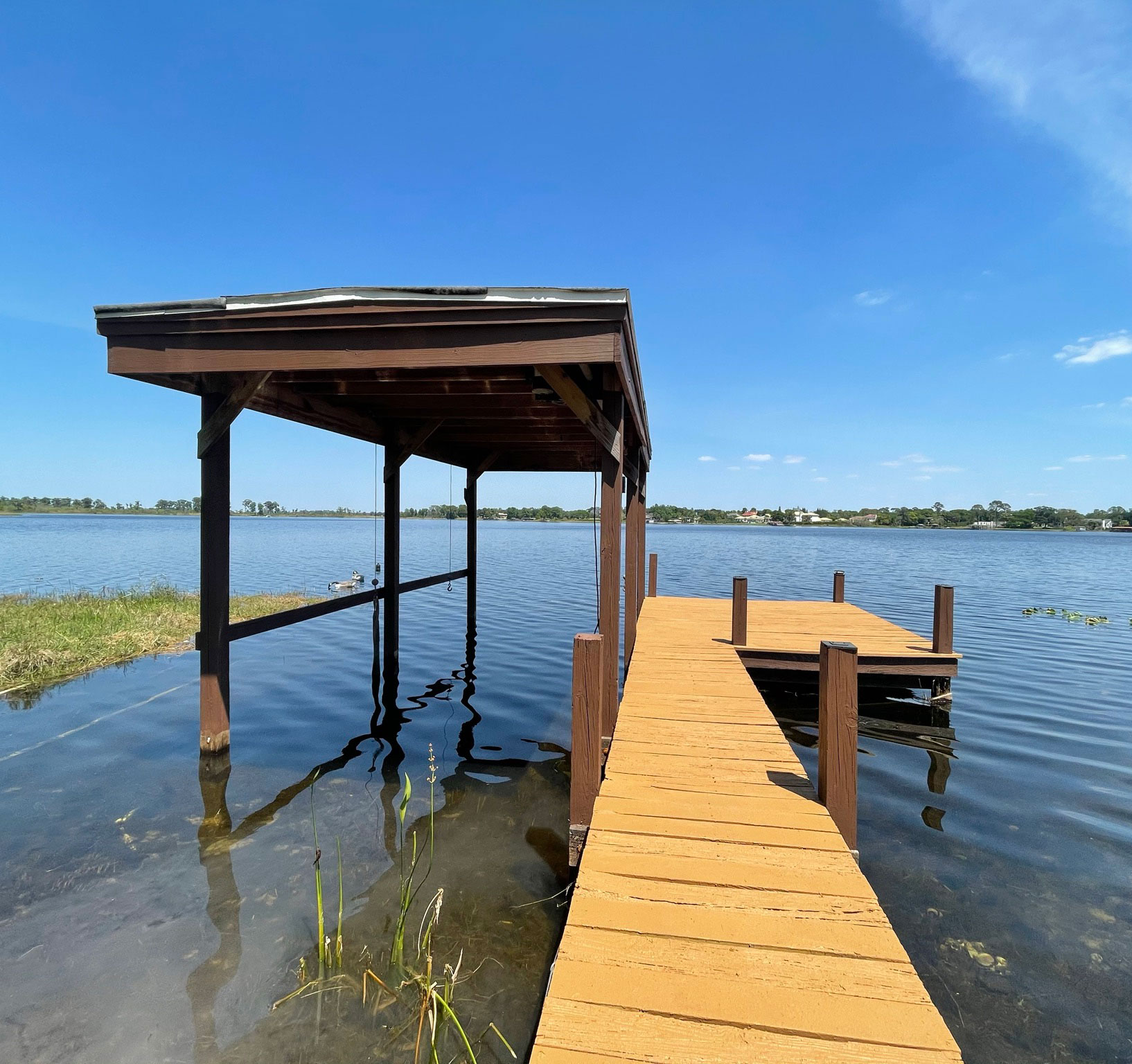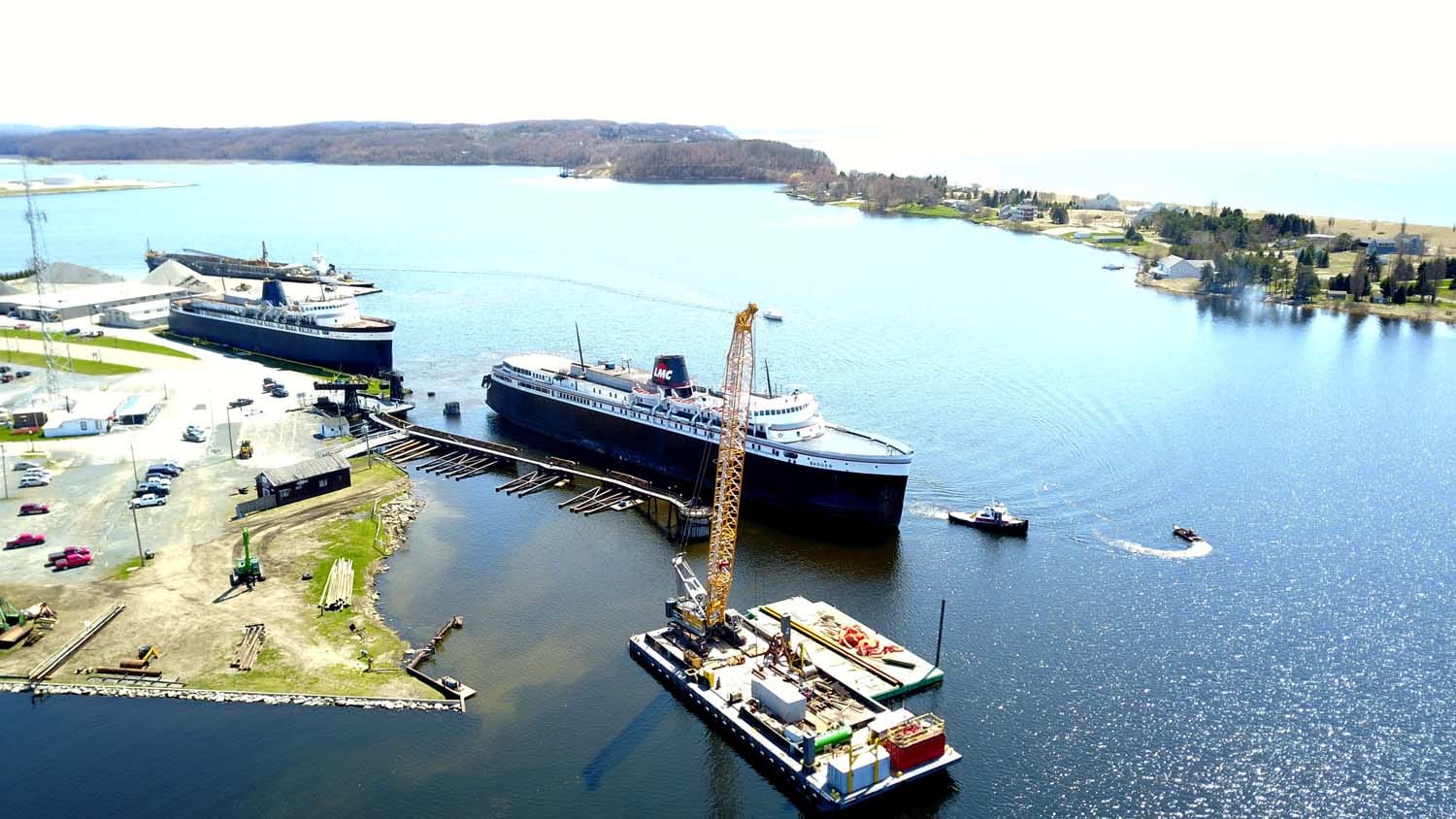Top Signs You Need Professional Dock Repairs This Season
Top Signs You Need Professional Dock Repairs This Season
Blog Article
How to Address Common Dock Repair Issues for Safe Water Tasks

Identifying Common Dock Issues
Determining usual dock problems is critical for keeping the functionality and security of your waterside property. Normal inspections can help reveal troubles before they become extreme, making sure both the longevity of the dock and the safety and security of those that use it. One prevalent concern is rusty or loose bolts. Gradually, screws, bolts, and various other fasteners can become loosened due to consistent direct exposure to water and weather components, causing structural instability.
Another usual problem is the destruction of flotation gadgets. These tools are necessary for keeping the dock buoyant, and any kind of damage or leaks can create the dock to list or sink. Consistently looking for leakages or water logged drifts can preempt much more substantial issues.
Furthermore, algae and barnacle buildup on the dock's surface can produce unsafe and unsafe problems. This biofouling not just postures a danger to individuals yet can also speed up the degeneration of the dock products.
Lastly, checking for indicators of corrosion on steel components is necessary. Rust can endanger the honesty of the dock's structure, making it unsafe. By routinely determining these typical dock problems, you can make sure that your dock stays useful and secure for years to come.
Fixing Rotting Timber
When resolving the concern of deteriorating timber on your dock, it is necessary to act quickly to avoid further wear and tear. Begin by completely examining the entire structure to recognize all influenced locations. Make use of a screwdriver to penetrate the wood; if it sinks in quickly, the timber is most likely decayed and needs immediate focus.
As soon as recognized, eliminate the decayed areas utilizing a saw or sculpt. Make certain to cut down to healthy, solid timber, ensuring you eliminate all endangered material. After elimination, deal with the remaining timber with a timber preservative to stop future rot. This therapy will aid secure against dampness, which is the key reason for timber decay.
Following, replace the gotten rid of sections with marine-grade lumber or pressure-treated timber, which are much more immune to water damage. Secure the new pieces with stainless-steel or galvanized fasteners to stop deterioration. Additionally, using a water resistant sealer to the brand-new wood can give an added layer of defense.
Protecting Loosened Boards
Exactly how do you guarantee your dock continues to be safe and practical for all its users? One critical element is securing loose boards, which can otherwise pose considerable hazards. Loose boards not just increase the risk of tripping yet can also jeopardize the architectural integrity of the entire dock.

For reinstallation, make use of stainless or galvanized steel screws, as these products provide superior resistance to deterioration in aquatic atmospheres. Make sure the screws are long enough to pass through deep right into the underlying support structure, however not as long that they stick out with the dock's surface area. Pre-drilling pilot openings can assist avoid the timber from splitting.
Lastly, maintain a routine inspection schedule to determine and deal with any kind of brand-new problems promptly. By safeguarding loose boards successfully, you add to the general safety and durability of your dock, making it a reliable system for water activities.
Supporting Unstable Pilings
Guaranteeing the security of unsteady pilings is vital to maintaining a useful and risk-free dock. Unstable pilings can compromise the whole framework, posturing significant threats to users and potentially bring about costly repair services. The first action in maintaining these necessary components is a complete inspection. Take a look at the pilings for indicators of rot, damage, or moving. Make use of a level to check for upright placement and ensure they are driven deep sufficient into the substrate to give sufficient assistance.
If the pilings are located to be unstable, one reliable approach for support is using additional supporting. Cross-bracing with dealt with lumber or galvanized steel can considerably improve stability. Anchor the braces securely to both the pilings and the dock frame to distribute lots equally.

Normal upkeep and routine review of the pilings' stability are critical to guaranteeing long-lasting dock safety and performance.
Changing Rusty Hardware
Dealing with unsteady pilings is just one aspect of preserving a dock's honesty; another vital worry is changing rustic equipment. Over time, exposure to wetness and salt can lead to the oxidation and corrosion of brackets, bolts, and screws, jeopardizing the whole structure's security. Normal this article evaluation for corrosion is important, specifically after severe weather condition or seasonal adjustments.
When rusty equipment is identified, instant activity is required. Begin by choosing marine-grade stainless-steel or galvanized hardware, both created to stand up to the rough aquatic setting. Make sure that you have the ideal tools, such as screwdrivers and wrenches, to safely remove the old, corroded items without creating further damage to the dock.
After eliminating the corroded equipment, completely tidy the affected areas to eliminate any type of recurring corrosion or particles. Use a rust-inhibiting guide to revealed steel surfaces before installing the new hardware. Tighten all fixtures safely to stop future helping to loosen, and periodically examine the fittings to make certain recurring stability.
Changing rusty hardware not only expands the dock's life-span however likewise dramatically boosts the safety and security of water tasks. By proactively taking care of deterioration, you shield both the framework and its individuals, making certain a enjoyable and secure beachfront experience.
Verdict
Normal assessments and maintenance are essential to attend to typical dock best site repair concerns and ensure secure water activities. Such positive measures add to the overall safety and security and functionality of dock structures, promoting a secure atmosphere for water-based tasks.
Guaranteeing the safety and security of water activities hinges dramatically on the proper upkeep and fixing of docks (Dock Repairs). These gadgets are crucial for keeping the dock buoyant, and any kind of damages or punctures can trigger the dock to checklist or sink. By routinely identifying these typical dock concerns, you can ensure that your dock remains practical and safe and secure for years to come
Guaranteeing the security of unstable pilings is paramount to keeping a useful and safe dock.Routine examinations and upkeep are vital to resolve common dock repair service problems and make sure secure water tasks.
Report this page